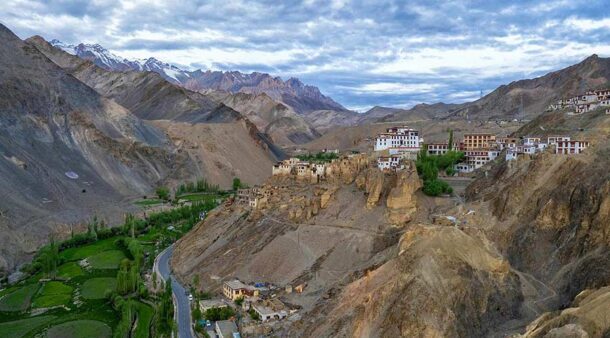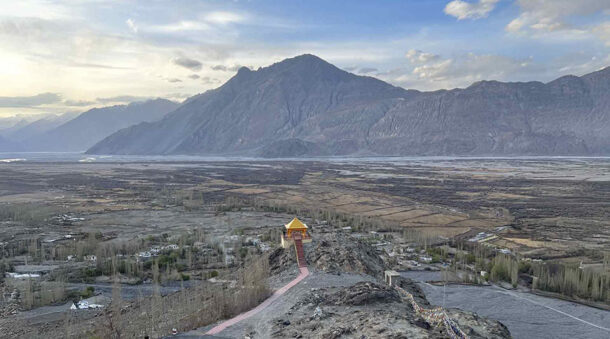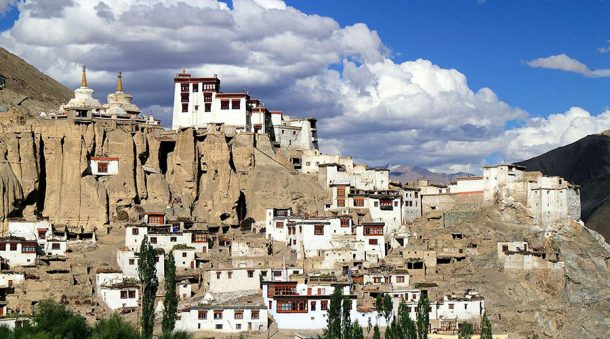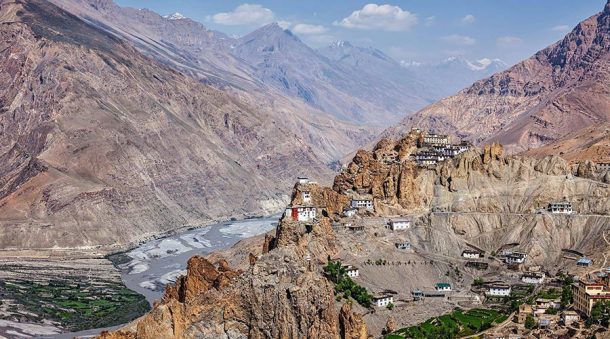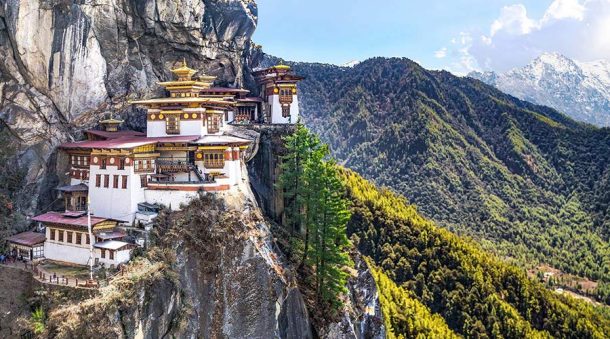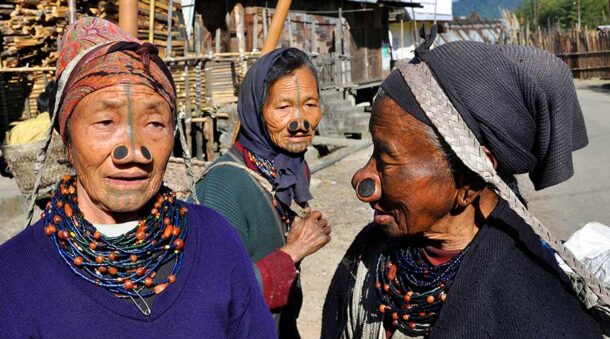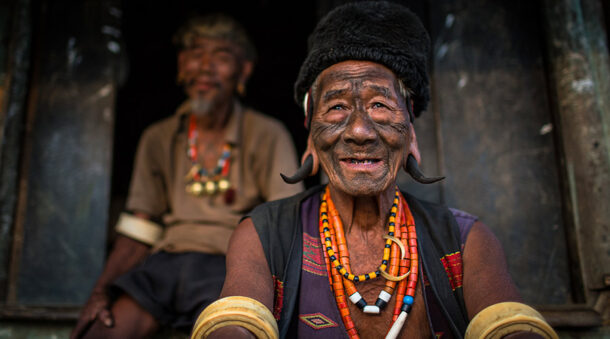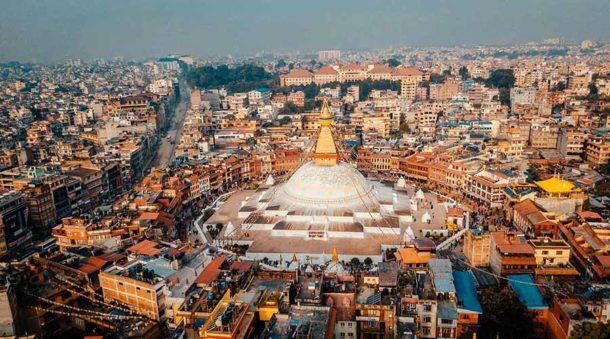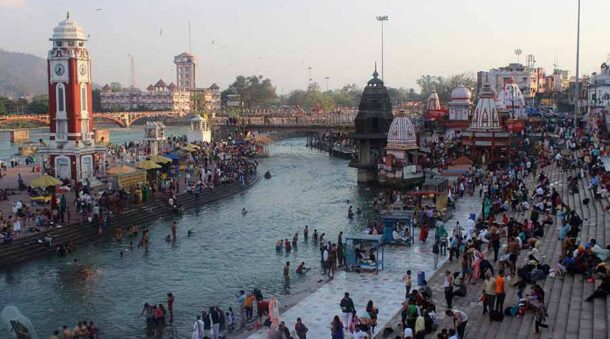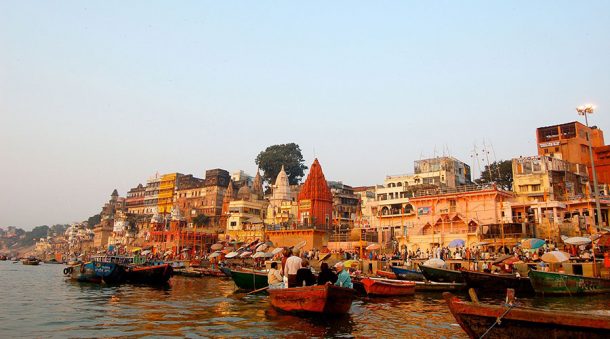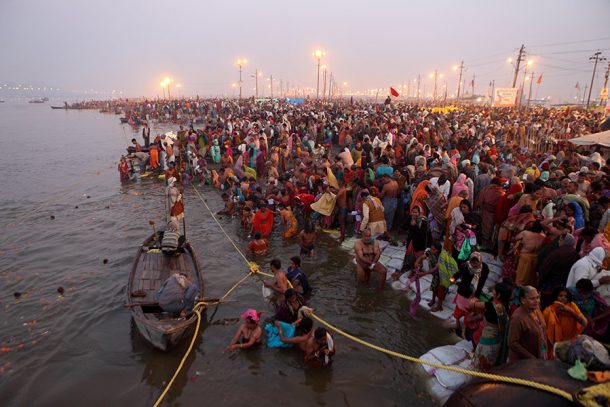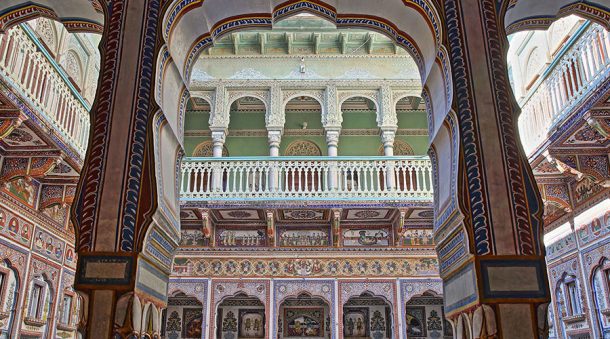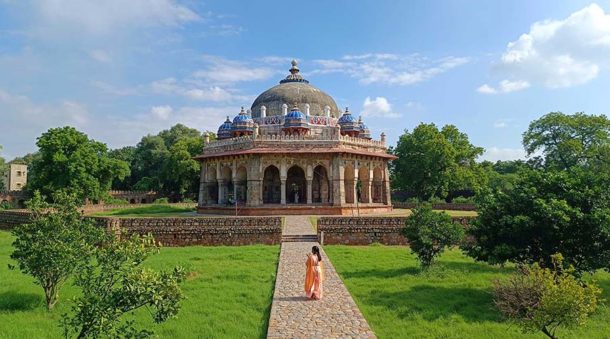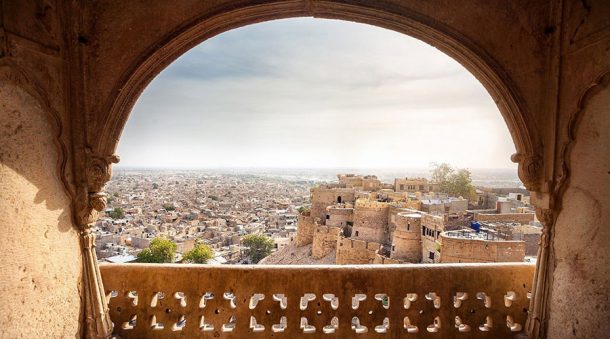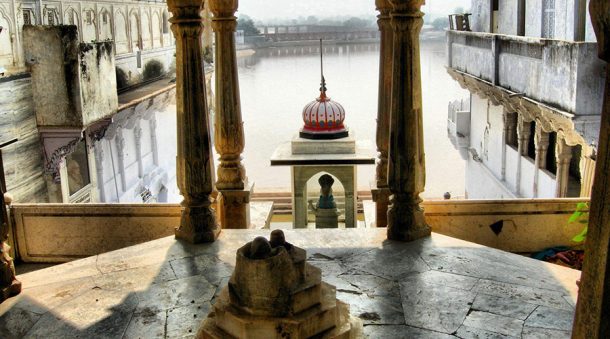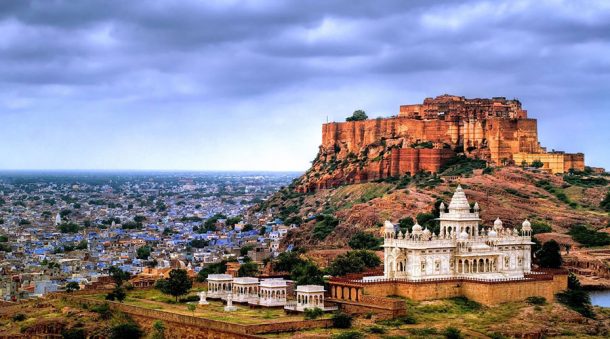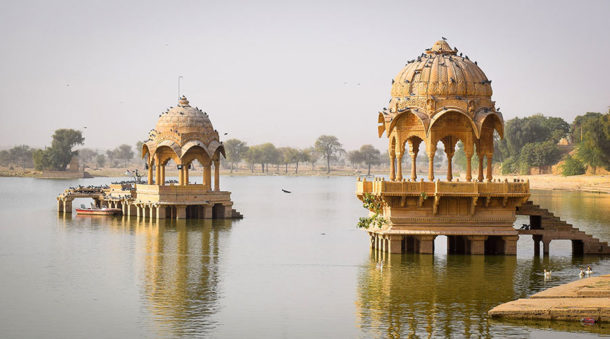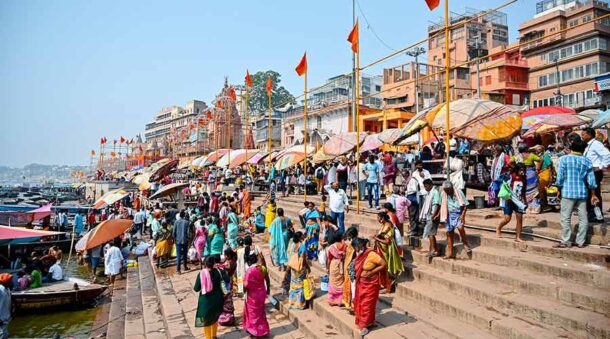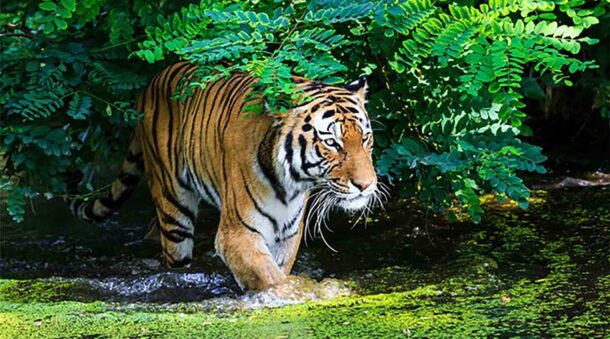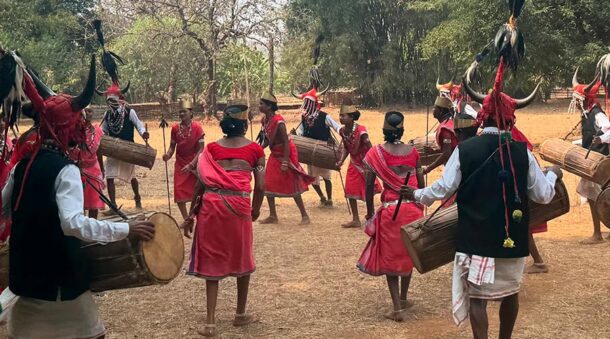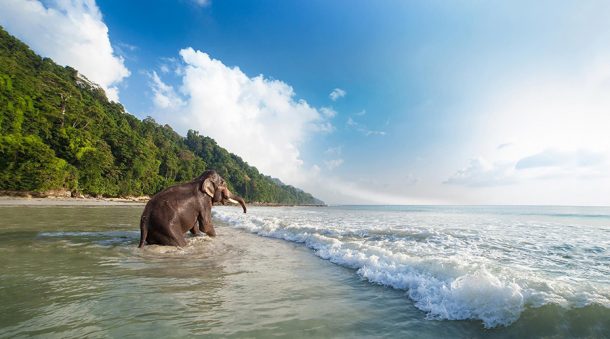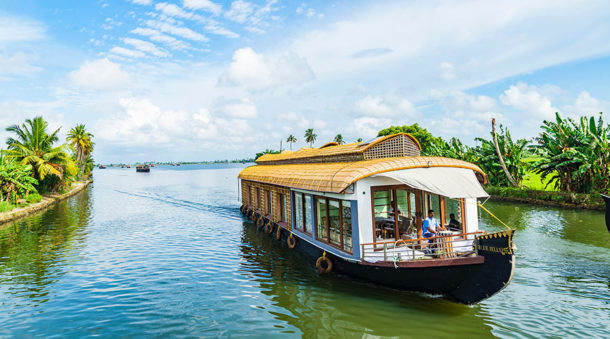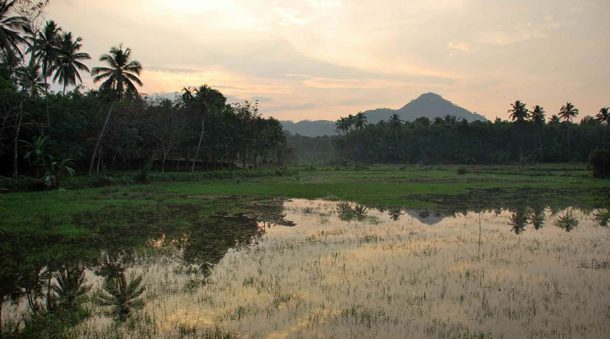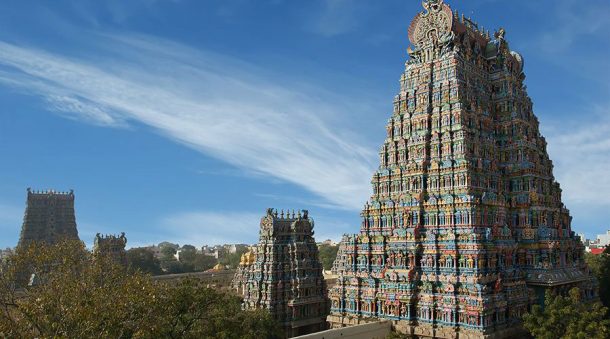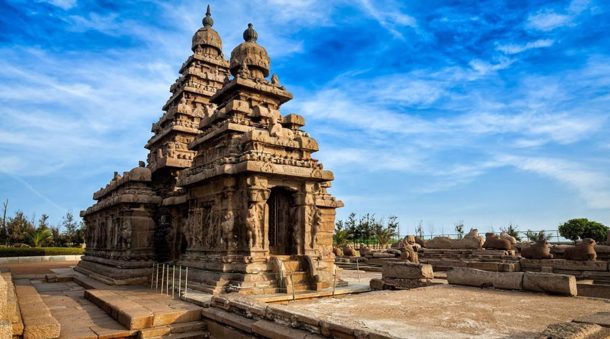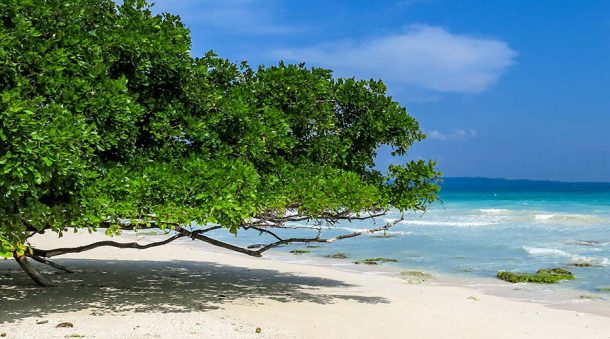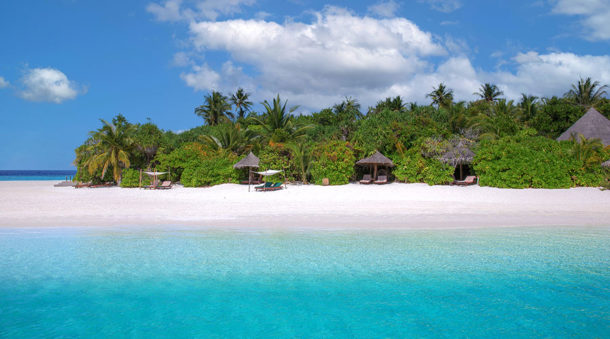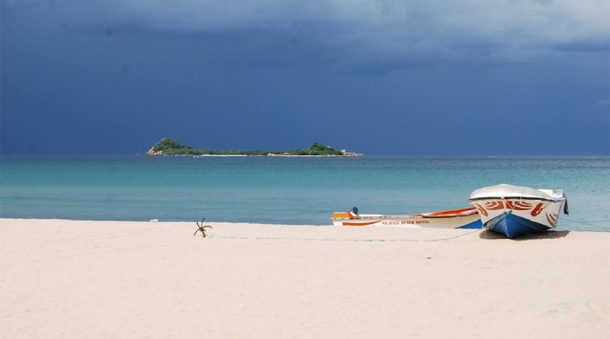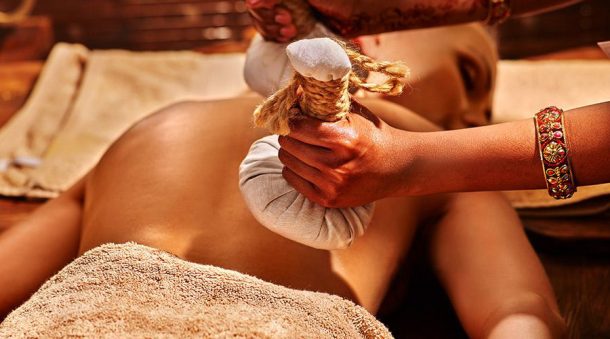
CONSCIOUS JOURNEYS – DMC INDIA
We are a local Tour Operator based in Calcutta, India, and thanks to our experience we are the perfect partner to organize trips and assist and satisfy the customer in all his travel needs.
All itineraries are designed and built by us to offer an authentic experience and get into the deep heart of Indian culture and spirituality.
India
India is the largest nation on the Indian subcontinent, has about 1.1 billion people and borders Pakistan, Afghanistan, China, Nepal, Bhutan, Bangladesh and Burma overlooking the Indian Ocean.
The capital of India is New Delhi in Rajasthan, the official languages are 22, including Hindi and English, while the prevailing religion is Hindu (81%).
The first known settlements in India appeared over 9000 years ago and slowly developed in the Indus Valley Civilization, dating back to 3300 b.C. Later there was the Vedic period, which created the basis of Hinduism and some cultural aspects typical of ancient Indian civilizations, and which ended around 500 b.C. From 550 b.C. various independent kingdoms and republics began to emerge in most of the country, called Mahajanapadas. The most important was the kingdom of Magadha, which reached hegemony in the eastern regions. In the 3rd century b.C. the sovereign Chandragupta Maurya unified most of South Asia under his leadership. This vast empire reached its heyday under Emperor Asoka, one of the leading figures in ancient Indian history. The mammoth feat of unifying such a vast kingdom was only repeated much later, in the 3rd century AD, by the Gupta Empire, a period that was later defined as the Golden Age of ancient India. During these centuries, contacts with the Roman Empire were frequent. With the fall of the Gupta Empire, many other minor ones arose, during which science, engineering, art, literature, philosophy and astronomy flourished. Between the 10th and 12th centuries there were several invasions from Central Asia and much of Northern India was first dominated by the Sultanates of Delhi and then by the Moghul Empire. The Mughal emperors extended their rule to cover a large part of the subcontinent. Moghul supremacy waned between the 17th and 18th centuries, when the Maratha empire came to power. From the 16th century many Europeans (Portuguese, Dutch, French and English) came to India, first as traders and then as colonizers. In 1856 the English East India Company controlled most of India. In 1857 there was a revolt to repel the colonists, but it was unsuccessful and as a result India came under the direct control of the British Crown, becoming a colony. By the 20th century the struggle for independence grew stronger and the Sikhs’ sacrifices also began. In the 1920s and 1930s Mahatma Gandhi led a movement of mass civil disobedience that was followed by millions of people. In 1947 India gained the desired independence, but was divided into two independent governments: the Dominion of India and the Dominion of Pakistan, at the behest of the Pan-Indian Muslim League. In 1950 India became a republic and a new constitution came into force. Religious and caste struggles were mitigated through tolerance and constitutional reforms. Since 1991, significant economic reforms have made India one of the highest economic growing countries in the world.
INDIA TOUR
In India we offer several itineraries, divided between north and south to visit all the most interesting areas, because a single trip to India could never do justice to such a vast, rich and varied country. From the golden deserts of Rajasthan to the lush forests of Kerala, from the white beaches of the Andaman Islands to the Spiti valley nestled in the Himalayan chain, from the temples of Tamil Nadu to the European-style architecture of the former colonies, India hides secrets and surprises in every corner. Moreover, a tour of responsible tourism will allow you to discover also the small villages and the small Indian realities and to get in direct contact with the inhabitants of this fascinating and immense state. There will also be visits to NGOs and cultural and humanitarian associations, such as the one in New Delhi that provides young street kids with training to become guides of their city and give tourists an authentic and “internal” perspective to the problems of Indian society; or the one in the South of the country that deals with the preservation of traditional arts and crafts, but also special visits to tribal communities such as Santhal and Kattunayakan.
HERITAGE-LUXURY EXPERIENCE IN KASHMIR AND LADAKH
Duration: 14 Days
Luxury journey in Kashmir and Ladakh: heritage stays, pristine nature, and local traditions in an exclusive and authentic experience.
Great for: Private Trip
LADAKH AND NUBRA VALLEY: A CULTURAL EXPERIENCE
Duration: 14 Days
Cultural journey in Ladakh and Nubra Valley: explore monasteries, Himalayan landscapes, and authentic encounters with local communities.
Great for: Group Tour
MEDITATION, MONASTIC EXPERIENCE AND TREKKING IN LADAKH
Duration: 13 Days
Perched at an altitude of over 3,500 meters, Ladakh is an isolated plateau, with high snow-capped peaks and wide verdant valleys.
Great for: Group Tour
THE SPITI VALLEY
Durations: 16 days
The Himalaya needs no introduction, but in its immensity it hosts remote shelters such as the Spiti valley, which enchant with their splendor.
Great for: Group Tour
SIKKIM AND BHUTAN
Duration: 14 Days
This itinerary was designed to visit the places of Sikkim and Bhutan that have had been consacrated from Guru Rinphoche, during his trip to India.
Great for: Group Tour
A TRIBAL EXPERIENCE IN THE ASSAM AND ARUNACHAL PRADESH
Durations: 14 days
Travel to India: tribes, rituals, forests, and spirituality. Meet the Idu Mishmi, Apatani, and discover the sacred island of Majuli.
Great for: Group Tour
DISCOVERING THE TRIBES OF NAGALAND
Duration: 12 Days
Explore Nagaland’s tribal culture, historic villages, and misty hills. A true journey into India’s most authentic and untouched traditions.
Great for: Group Travel
INDIA AND NEPAL
Duration: 14 days
This trip is designed to bring together the main tourist attractions of North India and Nepal.
Great for: Private Trip
YOGA, MEDITATION AND AYURVEDA: A MYSTICAL EXPERIENCE IN HIMACHAL PRADESH
Durations: 15 days
Experiential journey through yoga, meditation, and ayurveda: discover India from the Himalayas to the Ganges and Tibetan communities.
Great for: Private Trip – Group Travel
THE HOLY GANGES
Duration: 14 days
The Ganges is a river considered sacred by the Hindus and besides its enormous spiritual value it also has an important economic and cultural value.
Great for: Group tour
PILGRIMAGE TO KUMBH MELA
Duration: 12 days
Kumbh Mela is one of the most important and participated spiritual gatherings in the world, and is celebrated every three years. This itinerary has been designed to partecipate in this special event in Allahabad.
Great for: Group Tour
THE ESSENCE OF NORTH INDIA
Duration: 7 days
This itinerary was designed to bring together the main tourism attractions of the North of India and the best responsible tourism projects.
Great for: Private Trip
THE GOLDEN TRIANGLE OF INDIA WITH VARANASI
Duration: 10 days
This itinerary is designed to group together the main tourist attractions of India’s Golden Triangle and Varanasi.
Great for: Private Trip – Group Tour
THE GOLDEN TRIANGLE AND THE DESERTS OF RAJASTHAN
Duration: 14 days
Rajasthan, the land of the maharajas, is the perfect place for your first travel to India, it will lead you to the discover of the famous Golden Triangle.
Great for: Private Trip – Group Tour
RESPONSIBLE RAJASTHAN
Duration: 11 days
This trip offers you the opportunity to explore the famous cities of rural Rajastan and at the same time experience the most authentic aspects of the country.
Great for: Private Trip – Group Tour
INDIA: RAJASTHAN AND KERALA
Duration: 16 days
This journey offers a special itinerary in the most famous regions of India: Rajasthan and Kerala, and it ends on the beaches of Varkala.
Great for: Private Trip – Honeymoon
HERITAGE-LUXURY EXPERIENCE IN RAJASTHAN
Duration: 11 Days
This heritage luxury experience was created to give you the opportunity to participate in a unique Rajasthan trip.
Great for: Private Trip
TRINATH YATRA: A PILGRIMAGE TO INDIA AMONG PUSHKAR, VRINDAVAN AND VARANASI
Duration: 12 Days
Experiential journey in North India through spirituality, social projects, and sacred cities—guided by Brahma, Vishnu, and Shiva.
Great for: Private Trip – Group Tour
ECO-LUXURY EXPERIENCE IN INDIA ON THE TRAIL OF THE TIGER
Durations: 13 days
Eco-luxury journey through North India: safaris, heritage stays, rural villages and authentic encounters beyond the usual tourist routes.
Great for: Private Trip
TRIBALS, TIGERS AND TEMPLES: A JOURNEY THROUGH ODISHA & CHHATTISGARH
Duration: 15 Days
Discover tribal India between Odisha and Chhattisgarh: a 15-day journey through culture, ancient temples, and nature off the tourist trail.
Great for: Group Travel
ECO-LUXURY EXPERIENCE IN INDIA AND HAVELOCK ISLAND
Duration: 15 days
This itinerary throught India and Andamans islands is extremely original and has all the necessary ingredients to make a journey really special.
Great for: Private Trip – Honeymoon
ECO LUXURY EXPERIENCE IN KERALA
Duration: 10 Days
This eco-luxury experience was created to give people the opportunity to participate in a unique trip to Kerala.
Great for: Private Trip
UNEXPLORED KERALA
Duration: 11 days
The tour was designed to make you see the best of Kerala in just 11 days, getting you in touch with people, culture and nature.
Great for: Private Trip
THE BEST OF SOUTH INDIA
Duration: 15 Days
The south of India has a huge natural and cultural variety, this innovative itinerary offers the best of the Tamil Nadu and Kerala regions.
Great for: Group Tour
TAMIL NADU: THE LAND OF THE TEMPLES
Duration: 13 days
This itinerary was designed to show you the most extraordinary places of Tamil Nadu, one of the four Dravidian states, with more that 4,000 years of history.
Great for: Private Trip – Group Tour
THE ESSENCE OF SOUTH INDIA
Duration: 12 days
South of India has a lot to offer, with this itinerary we offer you the best travel experiences condensed into a 12-days tour.
Great for: Private Trip
EXPLORING THE ANDAMAN ISLANDS
Duration: 13 Days
Andaman islands are a natural paradise that we offer to experience a cultural taste of India and an adventure among its green islands.
Great for: Group Tour
INDIA AND MALDIVES
Duration: 18 days
The itinerary is designed for an unforgettable travel to discover the south of India, combined with one of the heavenly Maldives islands.
Great for: Private Trip – Honeymoon
INDIA AND SRI LANKA: SPECIAL SUMMER EDITION
Duration: 14 days
This innovative itinerary was designed to show you only the best of the cultural and biological diversity of two countries such as India and Sri Lanka.
Great for: Private Trip – Honeymoon
Here you can find out about the travel extensions you can request in India.
Great for: Tour Extensions
TRAVEL TO INDIA: MAIN DESTINATIONS
Delhi – The capital of India, located in the north of the country, is the most populous city in India and the sixth in the world. It was the capital of many Indian empires and an important junction along the ancient trade routes with the countries in the North. It was built by Emperor Shah Jahan between 1649 and 1857. When the English East India Company took power, the capital was moved to Calcutta, but in 1911 King George V brought it back to Delhi. In order to better fulfill this role he had a new city built, New Delhi. Even after independence in 1947, the capital remained that.
Agra – The city that hosts the Taj Mahal, a monument considered by many to be the symbol par excellence of India.
Calcutta – The capital of West Bengal and an important commercial, cultural and educational centre of East India. Its port is the oldest in the country and the only one built on a river. The area in which it is located was already inhabited 2000 years ago, but the city rose from the union of three villages only in the 17th century. It played a fundamental role during the 18th century and the East India Company took possession of it in 1757 and British rule lasted until the beginning of the 20th century. It was the capital until 1911.
Chennai – Capital of Tamil Nadu, until 1996 known as Madras, a name that now indicates the historic centre of the city. It is an important commercial centre and can boast great historical and cultural riches. It is also the capital of the Indian automobile industry, covering about 80% of total production. It was occupied by the French, Portuguese, Dutch and finally English; it obtained independence in 1947.
Kochi – Important tourist city of Kerala, one of the main seaports of India, also long dominated by Europeans due to its exceptional position as a junction in trade routes. Many monuments are present, including the Madir, Hindu temples, the Cathedral, the Synagogue, the Dutch Palace and the Fort.
Madurai – the city of temples has more than 2500 years of history and was the capital during the Pandya reign. Its particular activity is the production of flowers, also exported abroad.
Shimla – Former British colony, summer capital during British colonialism. It is a popular mountain tourist destination.
Pondicherry – former French colony, draws its charm from the mixture of European and Indian style.
Varanasi – important spiritual city, one of the oldest cities in the world being inhabited for about 3500 years. It is the sacred city of the Hindus, who have to go there at least once in their lifetime to immerse themselves in the sacred waters of the river Ganges.
Mumbai (formerly Bombay) – the most populous city in India and the world. It is the commercial and entertainment capital of the country. It has had a complex history, from the fishing villages, to the many dominations: Muslim, Hindu, Portuguese and English. Today it is the largest city in India.
Jaipur – city of Rajasthan founded in 1728, rich in monuments and famous as ‘the pink city’, for the predominant colour of its buildings. The Palace of the Winds, the Royal Palace and Fort Amber, which stands on a hill near the city are famous attractions.
Jodhpur – important tourist town for its wealth of temples and palaces, as well as Mehrangarh Fort. Also called ‘the blue city’ because of the many houses painted in this colour.
Pushkar – one of the oldest cities in India, famous for its camel and cattle fair.
INDIAN CUISINE
The culinary art in India has a strong identity and a long history. It varies greatly from state to state, although, mainly in the north, more meat and less spices are used, while in the south Indian cuisine becomes more vegetarian and spicy. In general, Indian cuisine makes extensive use of spices, milk and dairy products. Indian bread is also very famous, sometimes served as a ‘dish’ accompanying meat dishes. It can be with or without yeast, with or without filling, baked in Tandoori oven or fried.
In addition, many recipes are based on rice or wheat.
Among the most famous recipes we have:
Samosa – triangular phyllo dough dumplings, based on vegetables or meat.
Pakora – Pancakes of vegetables, fish or chicken in chickpea flour batter
Dahl – typical dish based on red lentils and spices
Coconut rice – Rice is used in many recipes, this is a popular version, where spicy spices are sweetened by the taste of coconut.
Tandoori Chicken – Chicken cooked in the special Tandoori oven, with yoghurt and spices
Tikka Masala Chicken – Boneless chicken cooked with tomato sauce, spices and yoghurt.
USEFUL INFORMATIONS
How to get there
Passport: necessary, with a residual validity of not less than 6 months to expiry. To find out about any changes to the residual validity of your passport, please contact the Embassy of India in Rome or the General Consulate of India in Milan or your Travel Agent in advance.
Entry Visa: necessary. For short stays (maximum 60 days) for tourism, business and medical treatment, travellers can use the eVisa, which allows them to apply for a visa directly online and to receive a travel authorization email within 72 hours, following the payment. The actual visa will be issued at one of the ports and airports of entry provided, following the presentation of the authorization. Before applying for a visa online, each traveller must ensure that his passport has at least six months remaining validity from the date of entry into India and two blank pages. Upon arrival, travellers will be required to prove that they have a return ticket and sufficient resources to cover the entire duration of their stay.
Please see our practical guide to filling out the India Visa online.
Main airport: New Delhi.
India: Climate
India’s climate is tropical and subtropical, with summer temperatures that can even reach 48 C°.
The Indian territory is affected from May to September by the monsoon season, during which heavy rainfall regularly causes flooding and landslides especially in rural areas.
Time zone
+ 4.30 hours GMT
Currency
The local currency is the Indian Rupee, with an exchange rate of 1€ = 71.867 Rupees.
India: Safe Travel
The health situation in India is considered to be at risk. Malaria, dengue and chikungunya, diseases transmitted by mosquito bites, are endemic, especially in the eastern and southern regions of the country, with peaks of risk in the monsoon and post-monsonic period.
It is strongly recommended to take out, before leaving, a health insurance that includes, in addition to the coverage of medical expenses, also the possibility of air medical repatriation or transfer to another country. After consultation with your doctor or vaccination centre, we recommend vaccinations against: tetanus, diphtheria, hepatitis A and B, typhoid, tuberculosis, poliomyelitis and, especially for those who travel during the hot season (May to September) and stay in rural areas, meningitis and Japanese encephalitis. Antimalarial prophylaxis, vaccination against Japanese encephalitis (difficult to find in Italy) and meningitis are recommended only for those who stay long in the monsoon and post-monsonic period in areas at risk, especially rural ones. It is a good idea to contact your doctor or the competent health facilities for further advice.
Other useful tips are: be careful when choosing both food and drink, due to the risks of poor hygiene. It is preferable to eat only well cooked and packaged food, avoiding raw vegetables and fruit that cannot be peeled. Always drink only bottled water and drinks, carefully avoiding ice, and infusions only if prepared with long boiled water. This also applies to stays in large hotels. During the summer period it becomes necessary to take serious precautions to avoid the risk of dehydration.


